Contents
Congratulations!
By buying this book, you realize that to successfully build a house (tiny or not so tiny) with a minimum of problems requires a good deal of pre-planning.
Key Subjects
This book will provide you with an overview of the various systems you need to consider when planning your tiny home.
- Food Storage and Food Preparation Options
- Water and Waste Options
- Heating Options
- Cooling Options
I hope that this book helps you think through the different systems that you need for your house, tiny or otherwise, allowing you to best determine what will fit your individual needs.
About the Author

Expertise
Combine 25+ years in architecture with military and energy management experience, add in a mother that built her own house in the woods, and you get a breadth of experience that can be tapped for knowledge of building systems of all types.
Something Personal
Brian daily drives a 1972 MG B convertible while restoring a 1966 B. He enjoys trains of all sizes, and plans to eventually build a model layout once he has "time".
Tiny House Systems Selection
Some of the most important items that Tiny House denizens should choose for their house are the appliances and various systems within their house. But before you run off to the nearest home improvement or appliance store, first step back and consider what you truly need in your tiny house. What type of commode, hot water system, cooking appliance, cool/cold food storage, and depending upon your chosen locale, air conditioner (trust me, in the hot-humid climate of the southeast United States, AC is almost a necessity) or heater (conversely, up north, heat is much more a consideration)?
Each of these individual appliance choices are worthy of their own chapter, but for now I will touch on some of the primary considerations that should be made, common to all systems.
How will you be using the systems?
A tiny house set up (semi-)permanently on a piece of land will require different systems than one that is designed to be used more like a recreational vehicle / camper. If you are travelling and using your tiny house like a camper, you will probably want to have water supply tanks and if not wanting to dump waste water on the ground, holding tanks incorporated into the design, along with having storage for the various hoses (both supply and waste) needed for hooking up at a camp ground or in someone's back yard. Another consideration is whether you have sewer or septic connections available to you.
Cooking style?
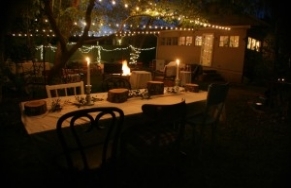
Photography: Sharon Brewer Photography, Styling:: The Architect's Wife
If you are a very sociable person, who enjoys having people over for dinner all the time and cooking for them, or happen to be a gourmet cook, or both, your needs will be different from someone who prefers to eat simply and in solitude. Especially if they prefer microwave meals to cooking on a stove.
Are you living alone or with others?
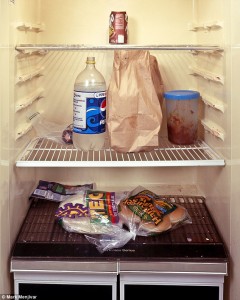
Single guys (and girls) may require less space...
This all boils down to volume. One person requires less food, supplies, and water than a family of four, and generates more waste (both trash and biological). The more that needs to be on hand and stored, the more room that needs to be allocated to said storage, and the more waste that will be generated that will need to be dealt with. Of course, your particular eating habits also will play a part in this, as will your skill (or lack thereof) in cooking.
What level of modern conveniences do you want / need?
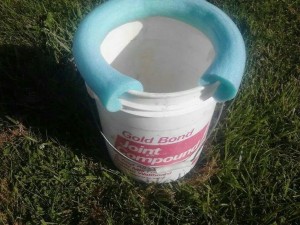
Simplest option
Some people can be truly happy with a simple bucket with a pool noodle on the rim and a bucket of dry sawdust, while others will demand a flush commode connected to a holding tank / sewer / septic field. Some can be happy with a solar camp shower hung from a tree, others prefer a more traditional indoor shower, while others cannot live without a soak in their bathtub. Some are happy with heating water on a stove or campfire, while others cannot do without a hot water system just like in a typical house. Some will require a hook over a campfire, while others will be happy with a hot plate and microwave on a counter, while others will demand a full stove with oven, that simply must use gas.
None of the above choices are inherently wrong, as each person has their own level of comfort and modern conveniences that they require, but the choices made will inform as to what systems need to be included in your tiny house.
Tiny House Food Storage and Preparation Systems
Of the various and interrelated systems in a tiny house, one that deserves a lot of attention is the various means of storing and preparing food. As always, there is no one true answer as the needs of the people living in the house will dictate the proper solution. So lets delve into the sorts of decisions that need to be made when planning for food storage and preparation!
Food Storage
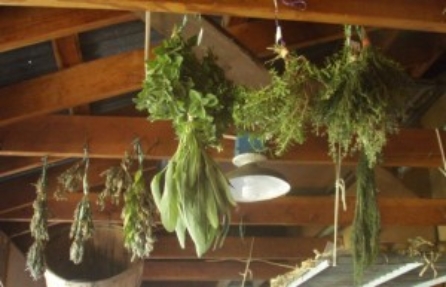
Food storage, both dry and cold, is a matter of volume versus frequency. The more frequently you shop (at a store or in your garden) the less you need to store at any one time. If you are the type that goes to the store once a month and stocks up, you will need more storage space for your food. Also, the number of people being fed will have a definite effect on volume. Dry food storage typically consists of shelving and cabinets. I say typically, because some supplies just need a nail and a handy rafter. ;-) Be sure and plan for plenty of storage in your tiny house, and don't be surprised if there is never enough, it is just like closet space in that respect. Cold storage again depends upon the volume and frequency of what is being stored. In modern life, cold storage equates to a refrigerator. However, there are older technologies that can be utilized in a permanent location with a bit of preparation, such as root cellars and spring houses.
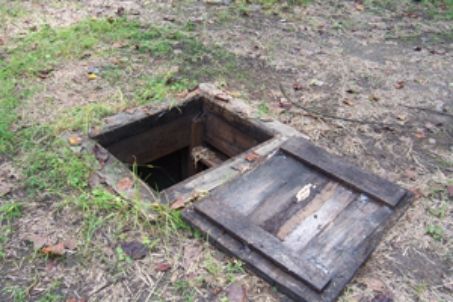 Root Cellar
Root Cellar
Root Cellars are nothing more than holes dug in the ground and covered, with the purpose of utilizing the steady state temperature of the earth. The goal is to dig down to below the frost line, which depending upon your latitude on the earth can range from the surface near the equator to 6 feet (2 meters) or more near the poles! The earth's temperature at that depth is typically between 55 and 57 degrees Fahrenheit (13 to 14 degrees Celsius). A root cellar is typically finished out with walls and a floor, mostly to keep the sides from crumbling down into the cellar. They can be sizable rooms with an earth covered roof, or just be a hole with a cover.
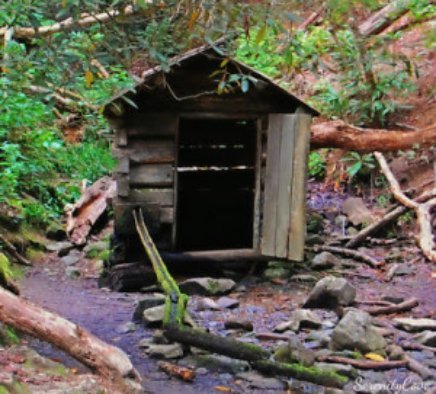
Next page
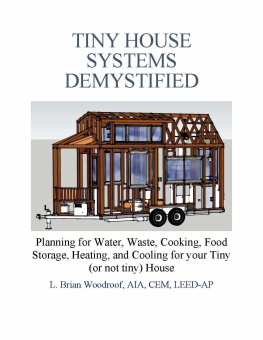
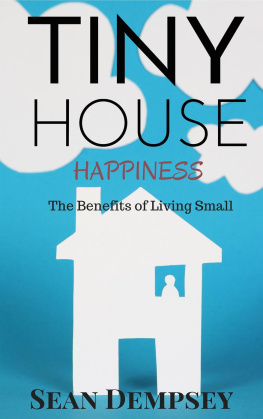
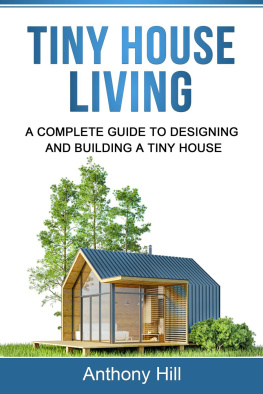
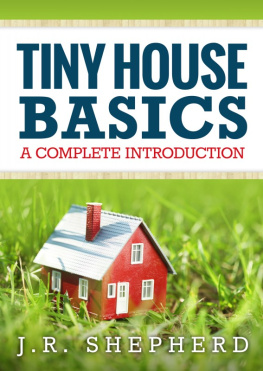

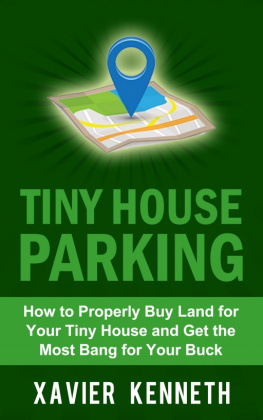


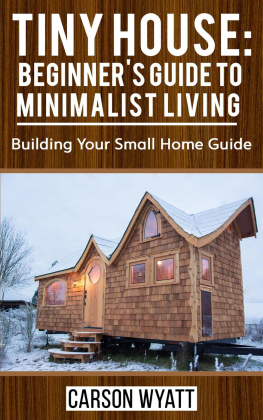
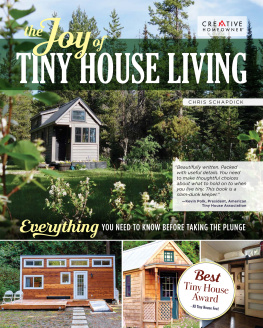
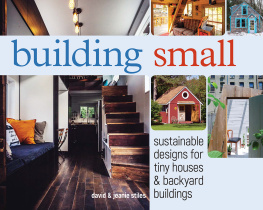
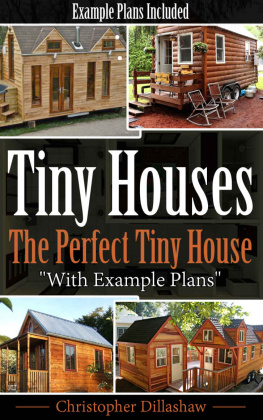
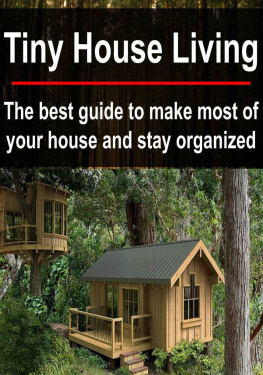





 Root Cellar
Root Cellar